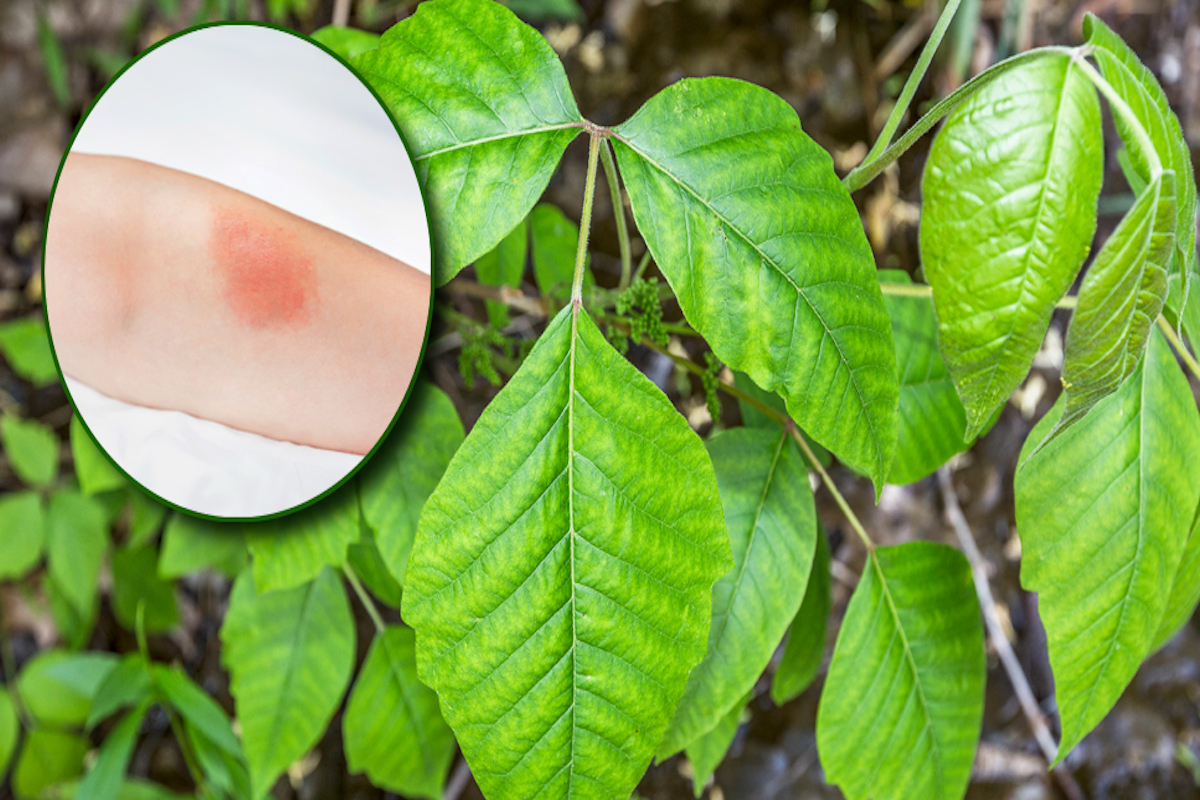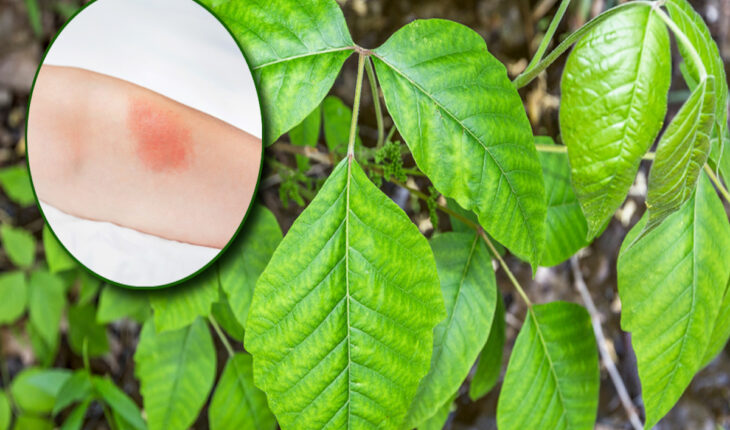Plants are a part of nature that we often enjoy for their beauty and benefits. However, some plants can cause skin rashes and irritation, making your skin itchy and uncomfortable. This is called contact dermatitis and is a common condition affecting around 15% of people in the US. In this article, we will help you identify and avoid plants that give a rash, focusing on common irritants like poison ivy and sharing treatment options for relief.

Which Plants Give You a Rash?
Multiple plants can cause skin rashes and irritation. Some of the most common plants include poison ivy, poison oak, and poison sumac. These plants contain urushiol, which can cause an itchy, blistering rash. Other plants that can cause skin irritation include stinging nettle, giant hogweed, and poison hemlock. These plants contain various chemicals that can cause skin rashes and other allergic reactions.
Causes of Plants that Give a Rash
The primary cause of plants that give a rash is exposure to the irritant chemicals found in these plants. The chemicals can be present on the leaves, stems, or flowers of the plant and can be transferred to the skin through direct contact.
Symptoms of Contact Dermatitis
You might get a rash if you touch a plant that can give you a rash. It can be different for everyone, but some of the most common symptoms include the skin becoming red, itchy, and swollen in the area where you touched the plant. The rash might make you feel uncomfortable, and you might want to scratch it a lot. Sometimes, you might also get small blisters on your skin that can be painful and uncomfortable. If the blisters break, it can make your skin more likely to get infected. It might take a while for the rash to appear, sometimes even hours or days. If you get a rash from touching a plant, try to avoid it and see a doctor if it worsens.
How to Identify the Plant & Skin Rash
This table provides a quick and easy-to-read overview of the above-mentioned information about various plants that cause contact dermatitis. It includes information on the rash and the plant’s appearance, its causes, and common locations worldwide for each plant.
| Plant Name | Chemical Irritant | Common Locations | How to Identify the Plant | How to Identify the Skin Rash |
|---|---|---|---|---|
| Poison Ivy | Urushiol | North America | Three pointed leaflets | An itchy red rash with blisters and bumps |
| Poison Oak | Urushiol | Western US | Oak-like leaves with lobes | Red, itchy rash with blisters and bumps |
| Poison Sumac | Urushiol | Eastern US | Red stem with rows of leaflets | Red, itchy rash with blisters and bumps that may form a linear pattern |
| Giant Hogweed | Furanocoumarins | Asia, Europe, US | Large leaves, white flowers, purple stem | Large, painful blisters that may leave scars and sensitivity to sunlight |
| Stinging Nettle | Formic Acid | Worldwide | Hairy leaves and stems | An itchy red rash with raised bumps |
| Poison Hemlock | Coniine | Worldwide | Purple-spotted stems, white flowers | Itchy, red rash that may blister and cause burning sensations |
How Is It Diagnosed?
Contact dermatitis can usually be diagnosed based on the appearance of the rash and the patient’s medical history. Sometimes, a skin patch test may be conducted to confirm the diagnosis and identify the irritant causing the rash
Treatment Options for Plants That Give a Rash
The treatment options for contact dermatitis depend on the severity of the reaction. In most cases, the rash will clear up on its own within a few weeks. However, several steps can be taken to alleviate symptoms and speed up healing. These steps include:
- Avoiding further exposure to the irritant plant
- Washing the affected area with soap and water
- Applying a cool compress to relieve itching and swelling
- Using over-the-counter creams and ointments to reduce inflammation
- Taking oral antihistamines to reduce itching and swelling
In more severe cases, a doctor may prescribe a stronger medication, such as corticosteroids or oral steroids, to reduce inflammation and speed up healing. Plants that give a rash are common in the United States, affecting a significant portion of the population. It is important to be aware of these plants and take steps to avoid exposure to their irritants. If you develop a rash, several treatment options are available to alleviate symptoms and promote healing. Still need information about this skin condition, or do your symptoms not match those listed above? Then search further here quickly:

